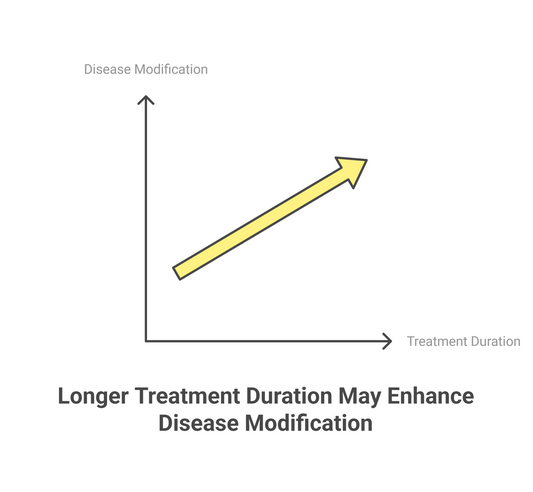
Lamotrigine (Lamictal): A Potential Off-Label Treatment for Migraine (with aura)
Cerebral TorqueShare
Click for the full list of the 50 uncommon migraine preventives
What is Lamotrigine (LTG)?
Lamotrigine is a drug that differs from other antiepileptics chemically. It was originally approved for the treatment of generalized and partial seizures, and later approved for the treatment of bipolar disease. It is used off-label for many other diseases, including migraine.
Currently, it may be used off-label specifically for patients with migraine with aura, but there are no good randomized controlled trials available.
How Does Lamotrigine Work?
The mechanism of action for LTG is complex, but as it relates to migraine, it is believed to decrease brain hyperexcitability and cortical spreading depression (CSD), which is the theorized cause of migraine aura. CSD also activates the trigeminal nerve afferents, which causes neuroinflammatory changes in the pain-sensitive meninges.
The drug inhibits several channels known as voltage-gated sodium channels in the CNS. Due to the fact that the blockage is dependent on voltage and frequency, administration of LTG leaves normal neuronal firing unaffected and blocks excessive firing.
LTG also blocks leak potassium channels with moderate affinity and has high affinity for calcium channels, which are responsible for cortical spreading depolarization and glutamate release during CSD. Other potential effects include the blockade of certain receptors like HCN channels, 5-HT1 and 5-HT3 receptors, which are involved in migraine pathophysiology. LTG also may reduce nitric oxide production which is also associated with migraine.
Lamotrigine as a Potential Treatment Option for Migraine
The first randomized controlled trial for lamotrigine in 1997 was disappointing, but it only included 77 patients and only 53 finished the study. The author also did not include the number of patients with migraine with aura in the final analysis.
https://journals.sagepub.com/doi/10.1046/j.1468-2982.1997.1702109.x
In the second randomized controlled study in 2006, the Lotolamp Study, only 19 patients had migraine with aura. While the primary endpoints of this study was not met for lamotrigine (50% responder rate), the results showed a monthly migraine reduction.
https://headachejournal.onlinelibrary.wiley.com/doi/10.1111/j.1526-4610.2006.00599.x
In another study, lamotrigine was “highly effective in reducing the frequency and intensity of migraine aura. Furthermore, in more than three quarters of those patients who experienced improvement, a significant decrease in migraine frequency was also seen, whereas this effect was not seen among nonresponders.”
The authors go on to say that Lamotrigine may be useful in the more severe types of aura- including familial hemiplegic migraine.
https://jnnp.bmj.com/content/76/12/1730.short
Finally, there are case reports showing that lamotrigine could used used as a preventive for basilar-type migraine patients.
https://link.springer.com/article/10.1007/s10072-013-1384-y
Studies need to be designed and powered better to see a benefit of lamotrigine for migraine with aura.
Moreover, the study should last at least 6 months as the primary endpoint in one study was only reached after 5 months.
Potential Side Effects of Lamotrigine
Cases of life-threatening serious rashes, including Stevens-Johnson syndrome and toxic epidermal necrolysis, and/or rash-related death have been caused by lamotrigine.
The rate of serious rash is greater in pediatric patients than in adults. Additional factors that may increase the risk of rash include:
- coadministration with valproate (a common migraine preventive).
- exceeding recommended initial dose.
- exceeding recommended dose escalation.
- Benign rashes are also caused by lamotrigine; however, it is not possible to predict which rashes will prove to be serious or life threatening. Therefore, lamotrigine should be discontinued at the first sign of rash, unless the rash is clearly not drug related.
Other common adverse effects include: dizziness, headache, diplopia, ataxia, nausea, blurred vision, somnolence, rhinitis, and pharyngitis.
This is a cursory understanding of uncommon migraine medications. This is only to be used as a resource to go to your neurologist with.



